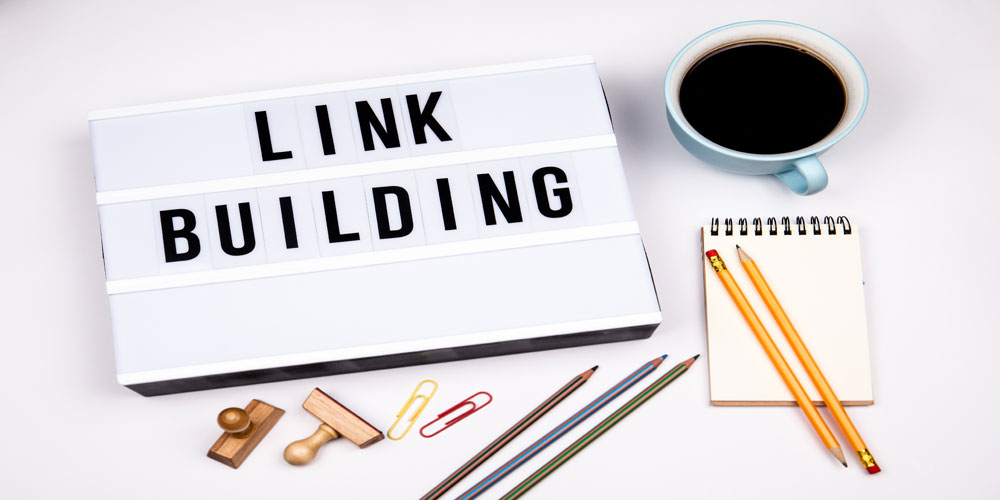Importance of Internal Linking with the SEO Project

Internal linking is a crucial component of any SEO project. It refers to the practice of linking pages within your own website, as opposed to linking to external sites. By using internal links, you can guide users through your website, help search engines understand the structure of your content, and boost the SEO performance of your site. In this post, we’ll explore the importance of internal linking in more detail.
Helps with website navigation
One of the main benefits of internal linking is that it helps with website navigation. By linking relevant pages together, you can create a logical structure that makes it easy for users to find the information they need. This is especially important for larger websites with a lot of content, as it can be overwhelming for users to navigate without a clear path to follow.
Helps to establish information hierarchy
Internal linking also helps to establish an information hierarchy on your website. By linking to your most important pages from other relevant pages, you can signal to search engines which pages are the most important. This can help those pages rank higher in search results, and ultimately drive more traffic to your site.
Distributes link equity
Link equity is the value that is passed from one page to another through links. By using internal links, you can distribute link equity throughout your site, which can help boost the overall SEO performance of your site. By linking to your most important pages from other relevant pages, you can pass more link equity to those pages, which can help them rank higher in search results.
Helps to reduce bounce rate
Bounce rate is the percentage of users who leave your website after viewing only one page. By using internal links to guide users to other relevant pages on your site, you can encourage them to explore more of your content, and reduce your bounce rate. This is important because a high bounce rate can signal to search engines that users are not finding what they are looking for on your site, which can negatively impact your SEO performance.
Helps to improve user engagement
Finally, internal linking can help to improve user engagement on your site. By linking to other relevant pages, you can keep users on your site longer, and encourage them to engage with your content. This can ultimately lead to more conversions, whether that means signing up for a newsletter, making a purchase, or filling out a contact form.
Provides context to search engines
Internal linking provides context to search engines about the content of your website. When search engine bots crawl your site, they use internal links to understand the relationships between your pages. By using descriptive anchor text for your internal links, you can provide additional information to search engines about the content of your pages. This can help them understand your site better and improve your rankings for relevant keywords.
Helps with keyword targeting
Internal linking can also help with keyword targeting. By linking to pages using specific anchor text, you can signal to search engines which keywords are relevant to that page. This can help that page rank higher in search results for those keywords. However, it’s important to use internal linking in a natural way that doesn’t feel spammy or manipulative.
Encourages content creation
Using internal linking as part of your SEO strategy can also encourage you to create more content for your website. By linking to other relevant pages on your site, you can identify gaps in your content and create new pages to fill those gaps. This can help you build a more comprehensive website that provides value to your users and helps improve your SEO performance.
Facilitates site updates
Internal linking can also make it easier to update your website. By using internal links to guide users to related pages, you can update those pages with new information or links without disrupting the overall user experience. This can help you keep your site up-to-date and relevant to your users.
Improves user experience
Ultimately, internal linking is about improving the user experience on your website. By guiding users to other relevant pages, you can help them find the information they need and keep them engaged with your content. This can lead to higher user satisfaction, repeat visits, and increased conversions.
In summary, internal linking is a critical component of any SEO project. By using internal links to guide users through your site, establish an information hierarchy, distribute link equity, reduce bounce rate, improve user engagement, provide context to search engines, help with keyword targeting, encourage content creation, facilitate site updates, and improve the overall user experience, you can boost the SEO performance of your site and achieve your business goals.


